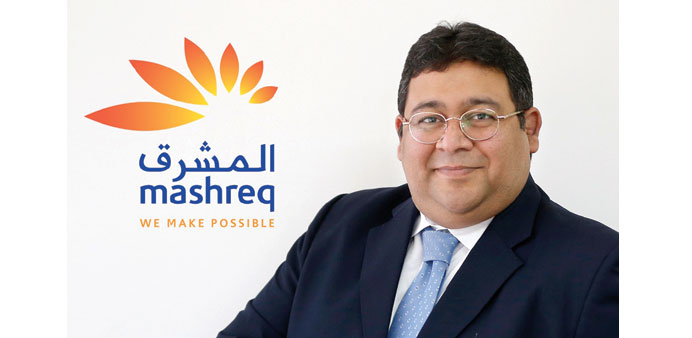Salman Gulzar is head of corporate banking at Mashreq Qatar and an expert in financial markets. The views expressed are his own.
By Salman Gulzar
Last weekend when Stanley Fischer, the Fed vice chairman laid the ground work for interest rate hike at Jackson Hole, he along with fellow hawks would have hoped that non-farm payrolls, the key employment index and one of the key economic indicators, would meet forecasts of 218,000 new jobs in August. This would have been a decisive outcome for the Federal Reserve as they evaluate increasing their key interest rate index on September 17. However, a 21% lower than expected growth along with the recent market turmoil, has left this verdict wide open. Raising interest rates therefore is no longer data dependent but market dependent. Raising this key rate is not without perils and it is likely that the FOMC agenda, once they meet on September 16 would include the following:
Non-farm payroll growth, more than what meets the eye
The US has added 8mn jobs in three years, the quickest rise since year 2000 bringing unemployment to its lowest levels at 5.1% since the start of the financial crisis. Its components, however, are critical to understand. Employment gains in this index were led by healthcare, social assistance and financial activities, while employment in manufacturing and mining, key GDP drivers, declined.
There is a valid discussion and argument on hidden slack in the labour market as year on year wage growth has remained anaemic at 2.2%. Underemployment and a rise in the number of people who have given up looking for work is a serious challenge for the entire economy. Perhaps an alternative measure of unemployment will need to be assessed which considers people working part time because they are unable to find full time jobs, an index that has deteriorated from 12% last year to just over 10% today.
Where has inflation gone?
Stable inflation is just as important for the Federal Reserve as low unemployment. While one end of the equation seems to be headed in the right direction, inflation is stagnant at 1.2% levels; far away from the 2% mark that would facilitate interest rate hike conversations in mid-September.
Given the US dollar is the default currency in international trade, the US is more insulated from exchange rate shocks than many other countries which raises fear that the US dollar would strengthen and raise import prices if the Fed was to raise rates without inflation seeping into the economy through higher wages.
This time however, it is not only for the US, as increase in rates will have wider implications.
Is this the third round of deflation? Global trade growth that was forecast to grow by an abyssal 3.3% will be revised downwards in the coming weeks. The entire globe is facing challenging times in managing deflation, whether it is due to commodity weakness, where the overall Bloomberg Commodities index fell to its lowest since early 2002 or due to China infused renminbi weakness which had implications all over the globe, the world economy is facing its third deflationary wave in under a decade today. The first wave hit us in 2008 led by the US housing and financial crisis; the second one hit us in 2011 due to the eurozone crisis and now we are facing an emerging market crisis as major mining and manufacturing hubs are coming to a standstill.
The Fed is under a lot of pressure to refrain from increasing interest rates.
The IMF urged the world’s leading central banks on Thursday to refrain from raising interest rates in a bid to facilitate spending in the global economy when risks to growth were mounting and performance of the major economies was falling short of expectations.
What does it mean to the GCC? Commodity exporting currencies are highly susceptible to weak material prices and strong US dollar specially if this dollar strength is due to interest rate hike expectations. The GCC with its pegged currencies and very strong fiscal surpluses due to strong oil prices have historically benefited from a low interest rate regime in the US. The growth in the region was achieved tapping into investors in the West who were looking for yield improvements as compared to near zero returns on treasury bills. The conversation and need for interest rate hike has come at a time of low oil prices which will prove challenging to the region.
If oil prices continue to be suppressed for long, there will be an escalation of cost of funds due to liquidity crunch in the market. This will create divergence in the borrowing costs and create pressure on pegged currencies.
Increased rates will not only exert pressure on dollar funded projects but also on the local currencies in the region which may require corporates to address decrease in sales and increase in finance costs in parallel.
The GCC must use this opportunity to fund their 10 year horizons by accessing US markets prior to end of this year while inflation is still below expectations.
It will be interesting to see how the Federal Reserve decides the way forward. Prudence would entail that they emphasise the need for interest rate hike in their upcoming meet, however, wait for inflation to improve. Continuing with an emergency rate regime cannot continue forever and it is likely that we will see this key index rise this year.



